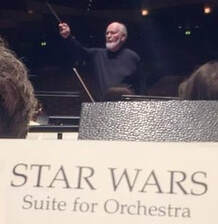
In honor of my "Living Composer Project" (you can read all about it HERE), I decided to give this month's group class a living composer theme!
There are many great living composers to choose from, but I wanted to choose one that my students would be familiar with and that they would be excited to learn more about. Enter one of my favorite living composers: John Williams!
Most of my students know John Williams as the composer for the "Star Wars" and "Harry Potter" films. But did you know that he has not only composed the music for over 100 films, but he has also written many concert works--including two symphonies, numerous concertos, and a song cycle for voice and orchestra? He has also composed pieces for significant cultural events, including the Olympics and the U.S. presidential inauguration. With his illustrious career as a composer and conductor, I think John Williams can safely be counted as one of our greatest American composers.
Here are the activities I included in our John Williams group class. I hope these give you a few ideas you can use with your own students!
1. Name That Tune
We kicked off the class with an icebreaker game of "name that tune." I did not tell the students the theme of the class--but I told them that all of the tunes would have something in common! Since I have oodles of pop books featuring arrangements of music by John Williams, I took the first line of several different pieces and had each student in the class sight-read a line. I asked the other students in the class to "name that tune."
Once everyone had a chance to sight-read a few lines, I asked the class to guess today's theme. Everyone guessed "movie themes," and then I pointed out that all of the pieces they had heard today had been written by the same composer--John Williams.
2. Biography of John Williams and Listening Examples
I found a good kid-friendly biography of John Williams HERE on the Making Music Fun website. (There is also a free word search activity sheet, as well as several paid activity bundles, that I did not use if you are looking for more John Williams activities.) I also added a few extra facts from the biography on John Williams' official website, found HERE.
After we read about John Williams' life and career, we listened to some examples of his best-known works. I found a YouTube video with many excerpts HERE--scroll down to see time stamps for each piece.
Because Williams' music is so descriptive, his pieces provide many opportunities to get students thinking like a composer. They are also great for getting students to listen and identify different instruments in the orchestra. Here are a few of the questions I asked the group as we listened to excerpts of Williams' music:
- In the theme from "Jaws," how did John Williams create a feeling of suspense?
- Williams created contrast in the "Star Wars Theme" by using two different instrument families in the A and B sections of the piece. What were they?
- What instruments did John Williams use in the opening of the "Olympic Fanfare" to create a majestic feel?
- How did John Williams evoke a feeling of magic in "Hedwig's Theme" from Harry Potter?
3. Performance Practice
Unfortunately, I wasn't quite organized enough to have each student prepare a piece by John Williams to perform, so we just used our normal repertoire for this part of the class. However, there are so many great arrangements of his music out there that it would be easy to have each student prepare a John Williams piece if you wanted!
4. Ensemble Practice
I pulled out a couple of my pop books with teacher duet parts (Alfred Popular Hits and Carol Matz's Famous and Fun Pop books) and had students sight-read John Williams pieces in groups of two. My more advanced student played the teacher part, and my less advanced students took turns playing the student parts.
Once each student had a turn playing in a duet pair, we took the easiest piece and played it as a trio, with one student playing the teacher part, a second student playing the student part, and a third student doubling the student part up high on the piano. This created a nice orchestral sound and was a great way to wrap up our class.
What do you think? Are you a John Williams fan, or are any of your students? What other ideas would you recommend for a John Williams-themed class? I'd love to hear from you in the comments!

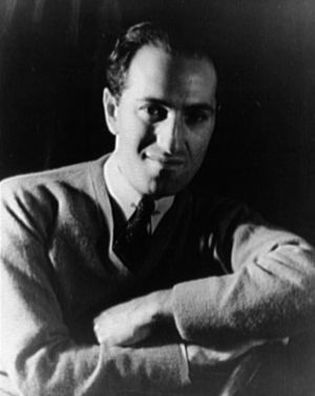
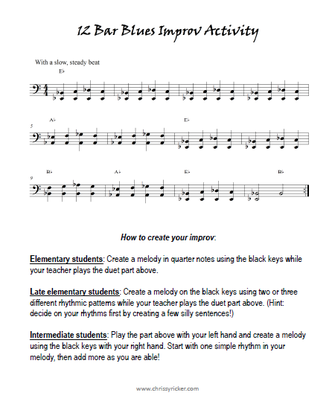
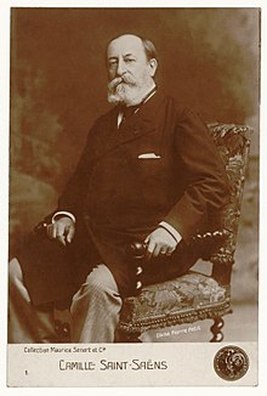
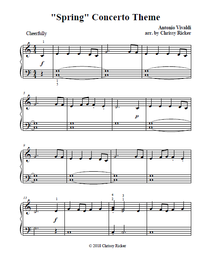
 RSS Feed
RSS Feed